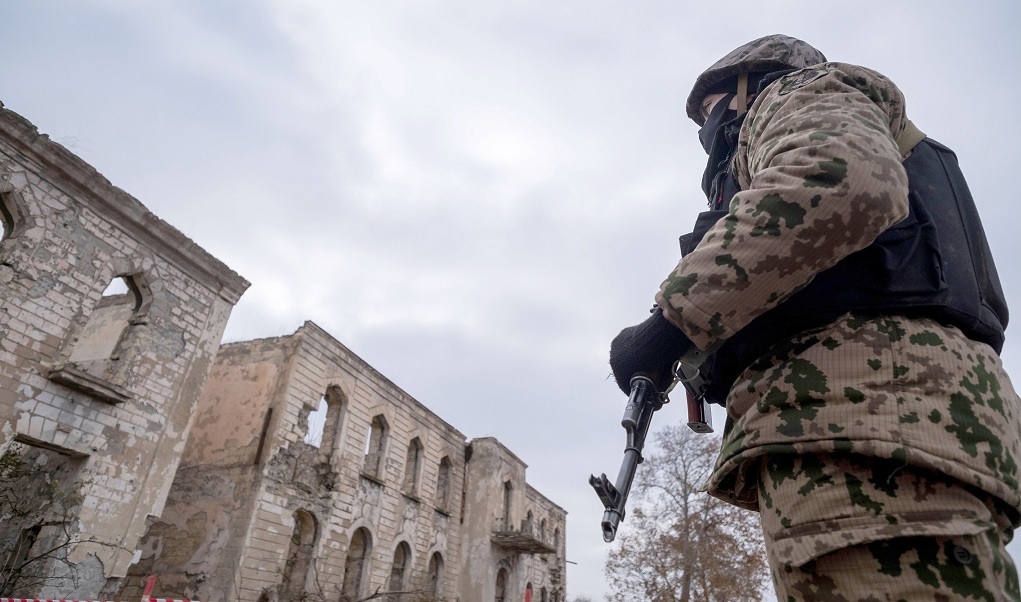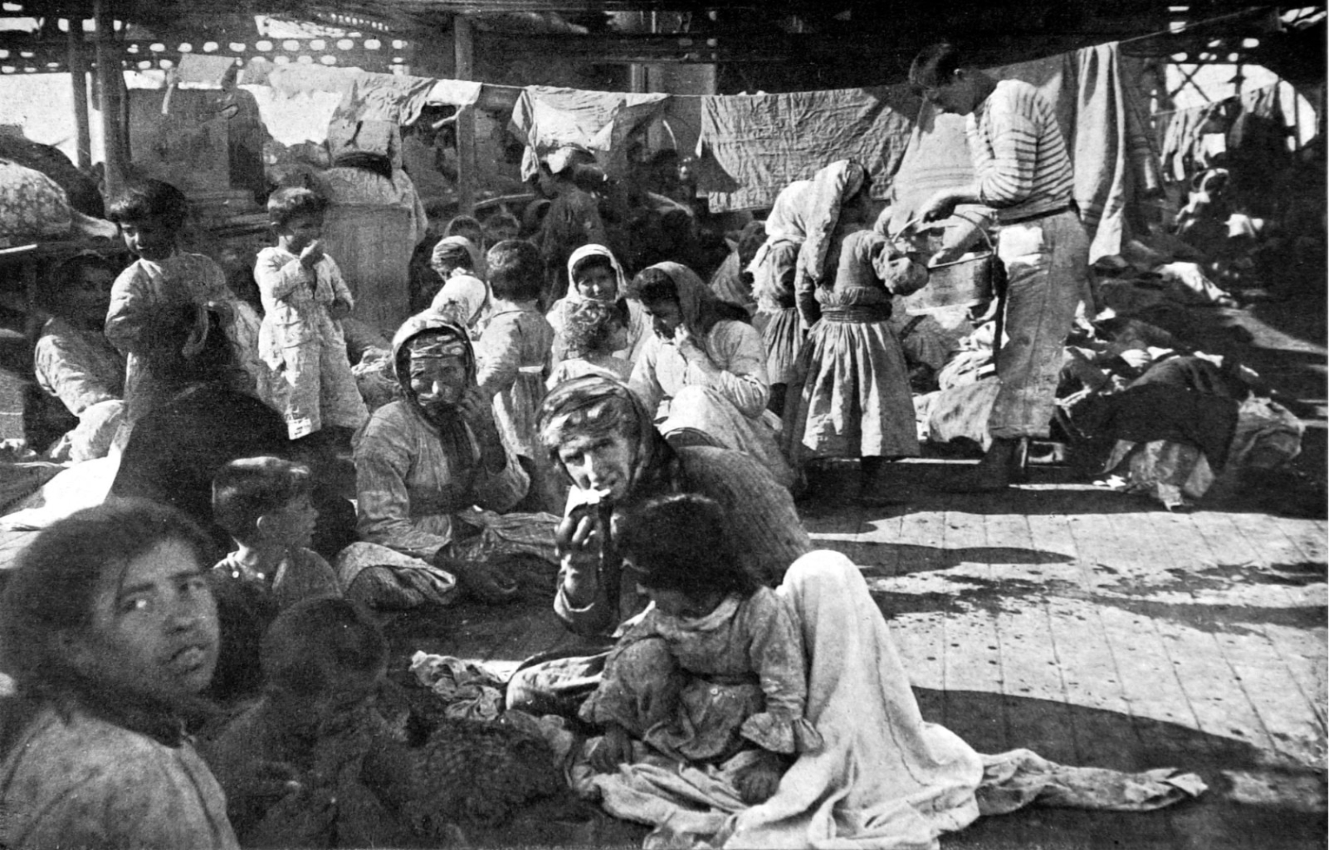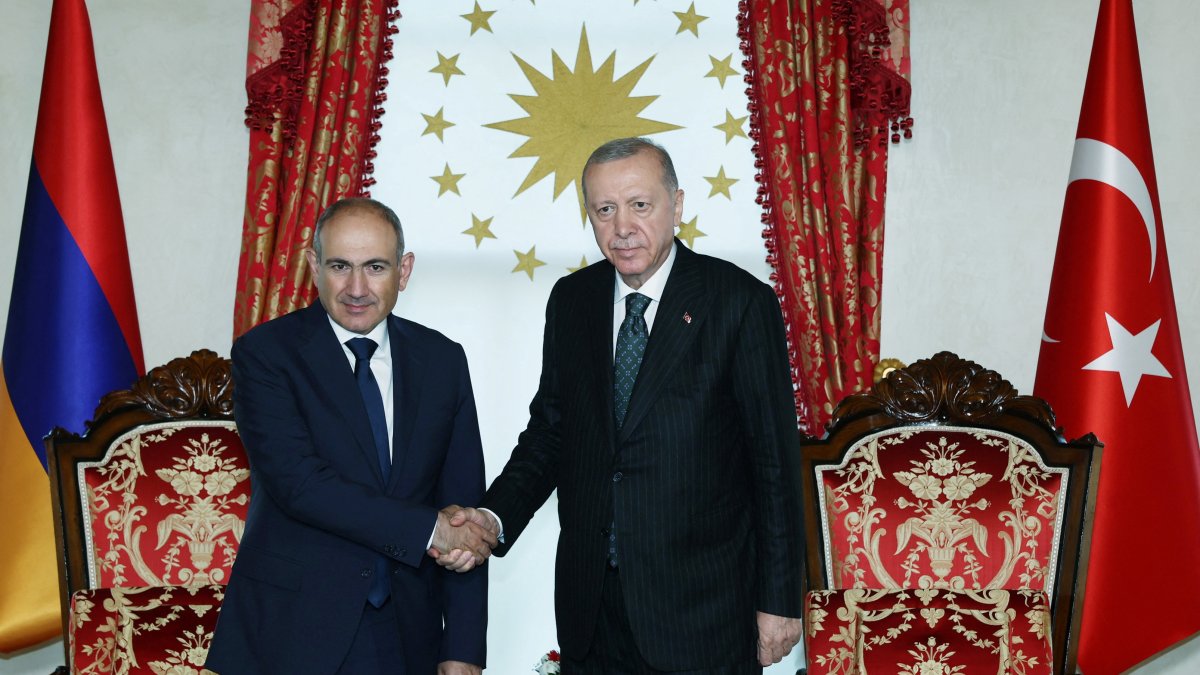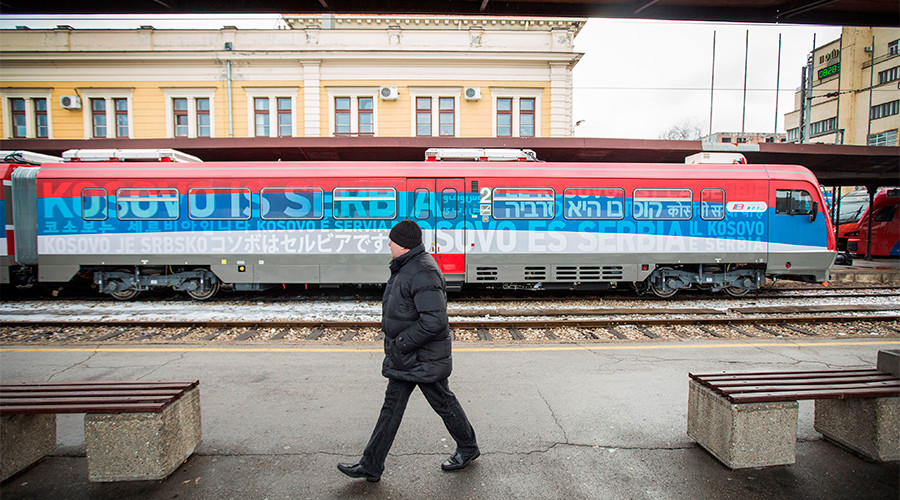
Military Review Online (August 2021)
Lt. Col. Edward J. Erickson, PhD, U.S. Army, Retired
How do we explain Azerbaijan’s stunning strategic victory in the fall of 2020 in what has come to be called the 44-Day War, or the Second Nagorno-Karabakh War? Some regional specialists simply observed, “The bigger and better equipped Azerbaijani army, backed by Turkey, overwhelmed the smaller and obsolescent Armenian force.” Another view is that Turkey “sent experienced military advisors to … direct Baku’s War Machine.” However, the most pervasive and widely held explanation today asserts that the use of Turkish and Israeli drones was such a tactical game changer that an Azerbaijani victory was preordained.
In 2020, the Azerbaijani armed forces successfully conducted a joint operation to seize geographically and politically important parts of the Karabakh region from the Armenian army. The Azerbaijani strategic objective to recover large portions of Armenian occupied territory proved achievable. Moreover, the unfolding Azerbaijani campaign design clearly demonstrated the hallmarks of operational art by effectively balancing ends, ways, and means. Operationally, the Azerbaijani armed forces’ joint planning, preparation, and combat effectiveness proved decisive compared to that of its Armenian opponent. Azerbaijani success was achieved through an extended period of Turkish military assistance that was a critically important combat multiplier for the Azerbaijanis, but it was also enabled by the acquisition of selected capabilities and capacities chosen by Azerbaijan. Ultimately, the success of Azerbaijan’s 2020 campaign in Karabakh was the result of a sustained period of professionalization in its military institutions and complementary acquisition decisions.
Please click here to read the rest of the article: https://www.armyupress.army.mil/Portals/7/military-review/img/Online-Exclusive/2021/erickson/Erickson-the-44-day-war.pdf
*Photograph: “An Azerbaijani soldier looks at a building 14 December 2020 in the town of Agdam, Azerbaijan, which was destroyed by Armenian forces during the First Nagorno-Karabakh War (1992–1994). The town and its surrounding district were returned to Azerbaijani control as part of an agreement that ended the Second Nagorno-Karabakh War. (Photo by Eddie Gerald, Alamy)”
© 2009-2025 Avrasya İncelemeleri Merkezi (AVİM) Tüm Hakları Saklıdır
Henüz Yorum Yapılmamış.
-
 AN AMERICAN RESOLUTION ON ARMENIAN GENOCIDE WRANGLES WITH HISTORY - WAR ON THE ROCKS - 13.11.2019
AN AMERICAN RESOLUTION ON ARMENIAN GENOCIDE WRANGLES WITH HISTORY - WAR ON THE ROCKS - 13.11.2019
Edward J. ERICKSON 14.11.2019 -
 THE 44-DAY WAR IN NAGORNO-KARABAKH - TURKISH DRONE SUCCESS OR OPERATIONAL ART? - MILITARY REVIEW - 08.2021
THE 44-DAY WAR IN NAGORNO-KARABAKH - TURKISH DRONE SUCCESS OR OPERATIONAL ART? - MILITARY REVIEW - 08.2021
Edward J. ERICKSON 08.09.2021 -
 OTTOMAN CAMPAIGNS IN THE FIRST WORLD WAR - JMSS - 10.02.2021
OTTOMAN CAMPAIGNS IN THE FIRST WORLD WAR - JMSS - 10.02.2021
Edward J. ERICKSON 15.02.2021 -
 THE MILITARY HISTORY OF THE OTTOMANS IS COMPLEX - THE INDEPENDENT - 01.01.2019
THE MILITARY HISTORY OF THE OTTOMANS IS COMPLEX - THE INDEPENDENT - 01.01.2019
Edward J. ERICKSON 09.01.2019
-
 AVRUPA’NIN ÖNDE GELEN MAHKEMESİNİN KARARI PAPA FRANCİS’İ UTANDIRMALI
AVRUPA’NIN ÖNDE GELEN MAHKEMESİNİN KARARI PAPA FRANCİS’İ UTANDIRMALI
Dr. Ferruh DEMİRMEN 25.10.2015 -
 PASHINYAN'S VISIT: NEW PARAMETERS OF ARMENIA-TÜRKİYE NORMALIZATION - DAILY SABAH - 03.07.2025
PASHINYAN'S VISIT: NEW PARAMETERS OF ARMENIA-TÜRKİYE NORMALIZATION - DAILY SABAH - 03.07.2025
Teoman Ertuğrul TULUN 03.07.2025 -
 ASSASSINATION OF LOS ANGELES TURKISH CONSUL GENERAL MARKS 46TH ANNIVERSARY OF MODERN DAY ARMENIAN TERRORISM – ATAA – 27.01.2019
ASSASSINATION OF LOS ANGELES TURKISH CONSUL GENERAL MARKS 46TH ANNIVERSARY OF MODERN DAY ARMENIAN TERRORISM – ATAA – 27.01.2019
ATAA 28.01.2019 -
 THE RESOLUTIONS OF THE FRENCH SENATE AND NATIONAL ASSEMBLY REGARDING UPPER KARABAKH - 03.12.2020
THE RESOLUTIONS OF THE FRENCH SENATE AND NATIONAL ASSEMBLY REGARDING UPPER KARABAKH - 03.12.2020
Ömer ZEYTİNOĞLU 24.12.2020 -
 THE THREAT OF THE BALKANIZATION OF “WESTERN BALKANS”
THE THREAT OF THE BALKANIZATION OF “WESTERN BALKANS”
Teoman Ertuğrul TULUN 13.02.2017


